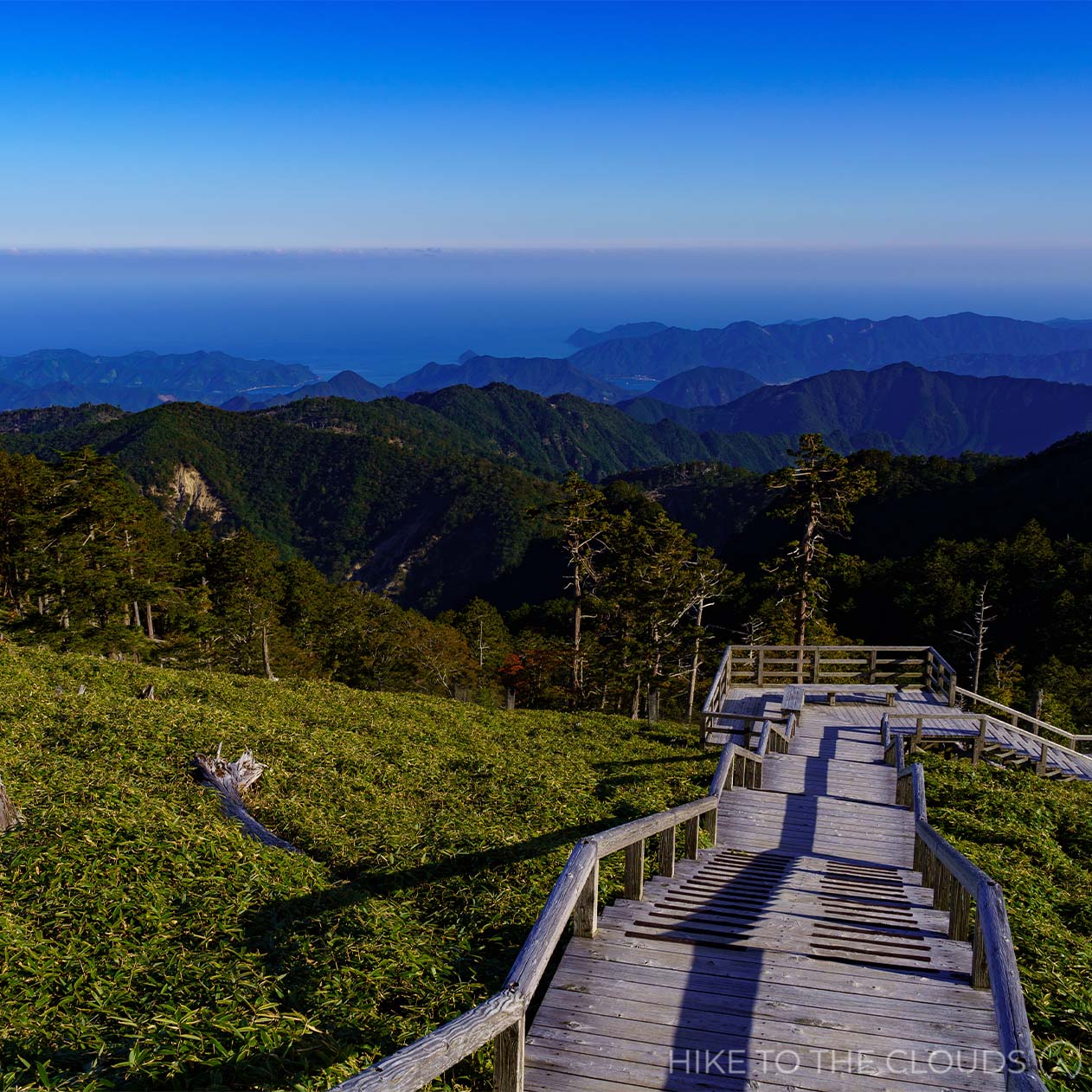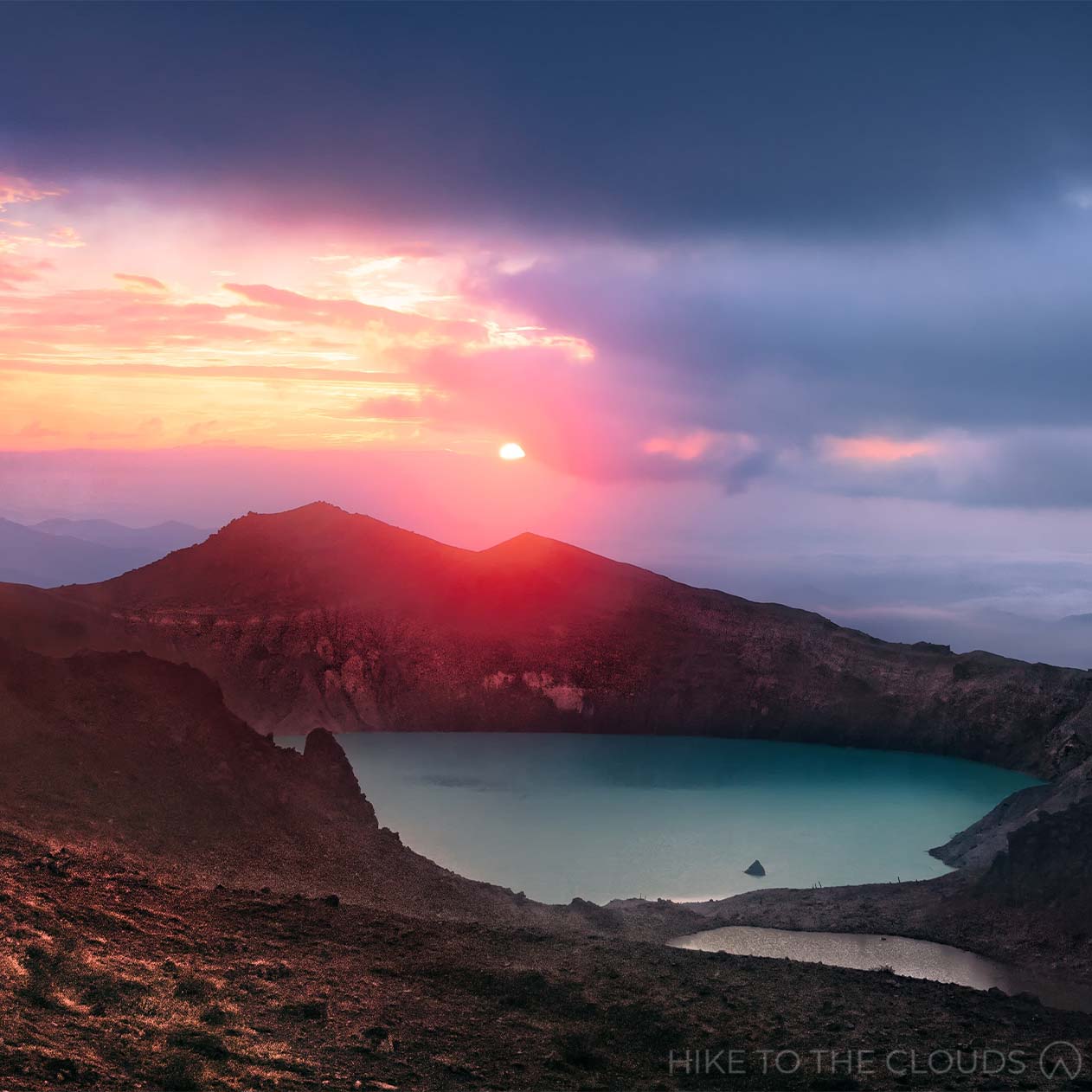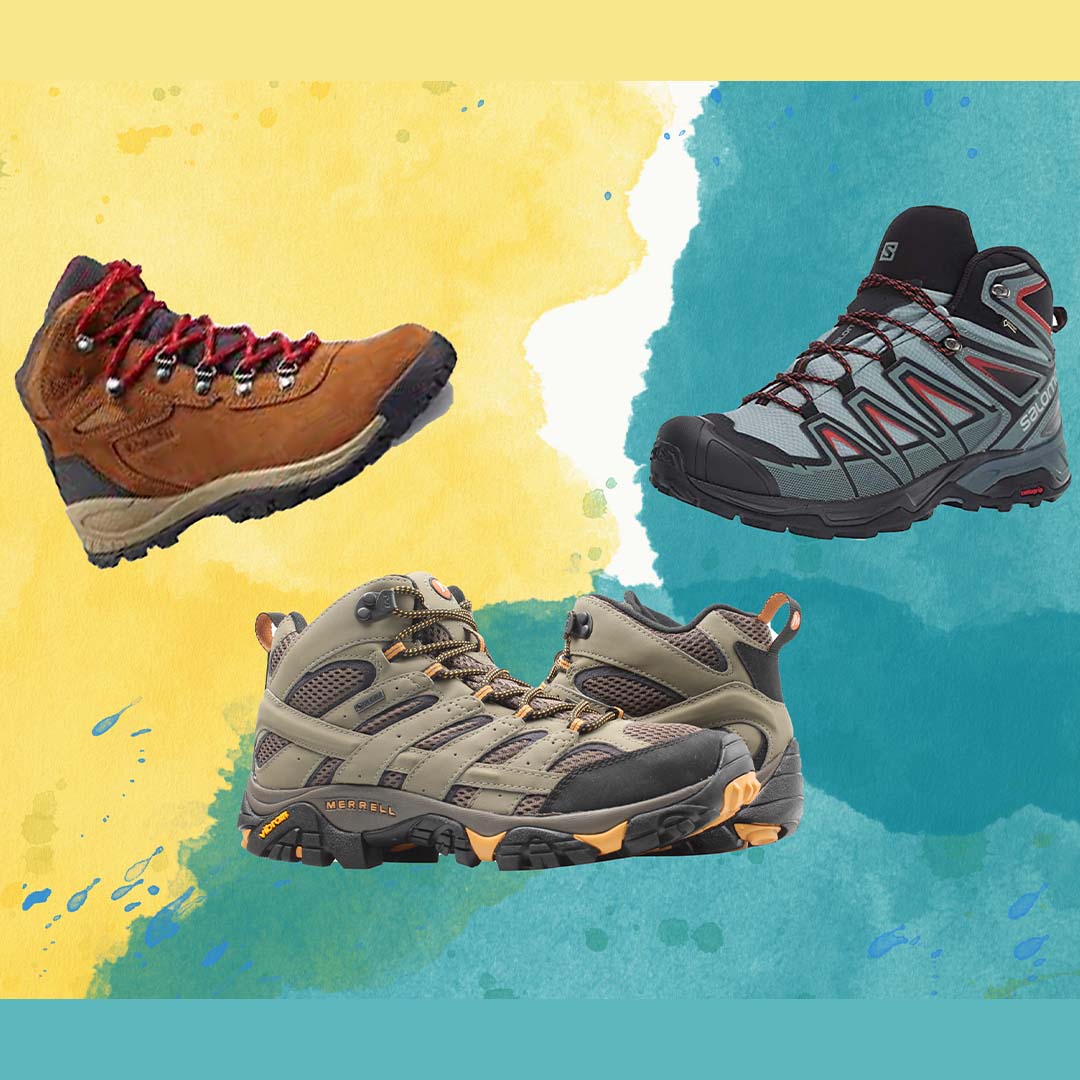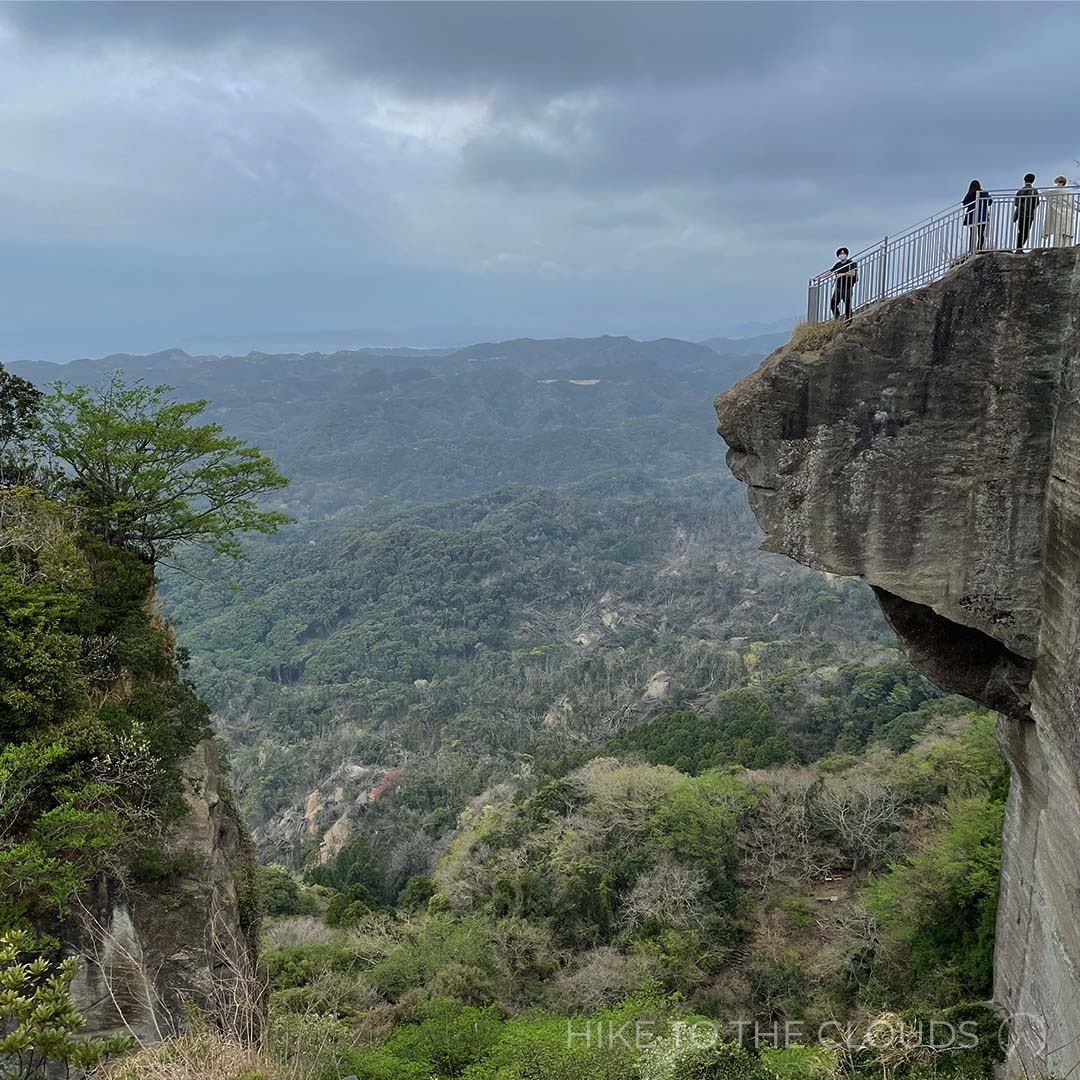Japan's Easiest Top 100 Mountains
Next Steps - 5 more easy mountains to tick off your hyakumeisan list
In our 5 Easiest Top 100 Mountain Hikes article we selected five of the easiest 百名山 (Top 100 Mountains) with routes that even complete beginners could hike. Now, we have selected 5 more mountains as next steps.
What are the top 100 mountains?
Japan’s top 100 mountains (百名山) come from a book written in 1969 by the famous Japanese hiker Kyuya Fukada. Fukuda is said to have climbed hundreds of peaks and chosen his top 100 based on their grace, history, and individuality. Since then, hikers across Japan have made it their mission to hike all 100 in their lifetimes, and people often list how many they have conquered on their Instagram profiles. Nearly all mountains on the top 100 list are over 1500m, which may be daunting to new hikers. There is no need to be intimidated, though; the distance you actually need to hike on many of them is pretty low, especially if you use the ropeway!
大台ヶ原山
Odaigaharayama | Nara
Odaigahara Plateau has the highest amount of rainfall per year in Honshu. Thanks to this, the mountain and surrounding forests and valleys support a thriving ecosystem. In fact, the nearby Osugidani is ranked one of Japan’s top 3 valleys for beauty and is part of the World Network of Biosphere Reserves. Our guide takes you through the equally luscious Shiokaradani Valley, past the famous view point Daijyakuratenboudai and up to the highest peak, Mount Hidegatake (1695m). From the summit, it is possible to see panoramic views over the Omine Mountains and the Kumano-nada Sea.

Hiking Route
Starting from the carpark follow signs towards Shioharadani Valley (シオカラ谷) and Daijyagura (大蛇嵓). After passing the Mountain House (Yama No Ie) Lodge (山の家ロッジ), the trail will begin to slope down into the valley.
After reaching the valley, you will need to cross a bridge; once across, you will come to a split in the trail. Take the path towards Daijyagura (大蛇嵓).
When you are finished taking pictures of the views at Daijyagura, head back to the fork. This time take the other route towards the green fields of Ushiishigahara (牛石ヶ原). This area is well known for its large bunches of deer.
Head down a little further to reach Owasetsuji (尾鷲辻). There is a fork onto an escape route which heads back to the carpark, head right and up towards Masaki ga Hara (正木ヶ原). From here, jump onto the wooden walkway, which leads all the way up to the summit.
After taking a victory picture of you conquering a new Top 100 Mountain, go in glory back to the carpark.
Odaigahara Car Park (大台ヶ原駐車場) ~ (30m) ~ Shiokaradani Valley (シオカラ谷) ~ (1h 15m) ~ Daijyaguratenboudai (大蛇嵓展望台) ~ (25m) ~ Ushi ishi ga hara (牛石ヶ原) ~ (15m) ~ Owasetsuji (尾鷲辻) ~ (15m) ~ Masaki ga hara (正木ヶ原) ~ (45m) ~ Mount Hidegatake (日出ヶ岳) ~ (35m) ~ Odaigahara Car Park (大台ヶ原駐車場)
Access
By Train and Bus: The nearest train station is Yamatokamiichi Station (大和上市駅) on the Kintetsuyoshino line (近鉄吉野線). From there take the Nara Kotsu Bus 奈良交通バス (1h 51m) to Odaigahara (大台ヶ原). The bus only runs once a day on weekdays and twice a day on weekends and holidays. If you miss the bus, a taxi will take around 1h 30m and cost about 1 man 5 sen. The bus service runs between the end of April, and the end of November as the Odaigahara Driveway (road 40) is closed through winter due to heavy snow.
By Car (recommened): To get to Odaigahara Carpark, take the..., leave the motorway at the ...IC, from there take national roads 165, 24, 164, prefectural road 40 (大台ケ原ドライブウエイ) for around 78km.
The carpark is free and can hold up to 200 cars.
Helpful phone numbers
Nara Kotsu Bus: 0742-20-3100
Nara Kintetsu Taxi: 0746-32-2916
Local Tourist Information: 0746-8-2-0001
Helpful Websites
Nara Kotsu Bus Timetable(English Website)
Kamikitayama Village Tourism Website (Japanese) including route map and access information.
八甲田山
Mount Hakkoda | Aomori
Hop on the 10-minute, 2.5 km ropeway to see magnificent views in all seasons. On a clear day, there are views over the Tsugaru plains, Mutsu Bay, and even as far as Hokkaido. Peak season is between September and October, when the forests look most vibrant with Autumn oranges and reds of the Japanese maple and rowan trees. The variety of trails makes this an incredible mountain for beginner hikers. Our guide below has provided directions for a 4h 35m hike. However, if you are not yet at that level, there is also a much shorter flat 30-minute walking path to try.
Hiking Route 1
Take the Hakkoda Ropeway up to the Sancho Koen Station. Enjoy the 10 minutes of beautiful views as you travel 2.5km. From the ropeway station follow signs for around 30 minutes to Kamikenashitaibunki (上毛無岱分岐). From there, you will start a 1-hour gentle ascent up to Akakuradake (赤倉岳). The path between here and your next point (Odakeanbuhinan Hut 大岳鞍部避難小屋) is full of PUDs (pointless ups and downs). Once you have passed the hut, you will head to the Hakkoda summit (八甲田大岳 Hakkodaodake). It is a little steep but should only take around 30 minutes. As a reward, you will be treated to breathtaking panoramic views and the knowledge that you have conquered another Top 100 Mountain (百名山). From here you will head back down the way you came to Odakaanbuhinan Hut (大岳鞍部避難小屋). From the hut turn west (left) towards Kamikenashitaitenboudai (上毛無岱展望台) and further down to Shimokenashitaitenboudai (下毛無岱展望台). Carry on for another 50 minutes to reach your final destination Sukayu Onsen (酸ヶ湯温泉).
Sancho Koen Station (山頂公園駅) ~ (30m) ~ Kamikenashitaibunki (上毛無岱分岐) ~ (1h) ~ Akakuradake (赤倉岳) ~ (20m) ~ Odakeanbuhinan Hut (大岳鞍部避難小屋) ~ (30m) ~ Hakkoda odake (八甲田大岳) ~ (20m) ~ Odakeanbuhinan Hut (大岳鞍部避難小屋) ~ (40m) ~ Kamikenashitaitenboudai (上毛無岱展望台) ~ (25m) ~ Shimokenashitaitenboudai (下毛無岱展望台) ~ (50m) ~ Sukayu Onsen (酸ヶ湯温泉)
Hiking Route 2
From the onsen carpark, head up and right towards the hut. It will take about 1h 30m to reach the hut where there are toilets. After passing the hut, it is 50 minutes to the peak. After spending time admiring the view at the summit, you have 2 options to come down. Option 1, head back down the way you came, or Option 2 head down to Odakaanbuhinan Hut (大岳鞍部避難小屋) on the other side. From the hut turn west (left) towards Kamikenashitaitenboudai (上毛無岱展望台) and further down to Shimokenashitaitenboudai (下毛無岱展望台). Carry on for another 50 minutes to reach your Sukayu Onsen (酸ヶ湯温泉) again.
Upper-Begginner Short Route (4h 10m)
Sukayu Onsen (酸ヶ湯温泉) ~ (1h 30m) ~ Hut (ヒュッテ) ~ (50m) ~ Hakkoda odake (八甲田大岳) ~ (40m) ~ Hut (ヒュッテ) ~ (1h 10m) ~ Sukayu Onsen (酸ヶ湯温泉)
Upper-Begginner Long Route (4h 45m)
Sukayu Onsen (酸ヶ湯温泉) ~ (1h 30m) ~ Hut (ヒュッテ) ~ (50m) ~ Hakkoda odake (八甲田大岳) ~ (20m) ~ Odakeanbuhinan Hut (大岳鞍部避難小屋) ~ (40m) ~ Kamikenashitaitenboudai (上毛無岱展望台) ~ (25m) ~ Shimokenashitaitenboudai (下毛無岱展望台) ~ (50m) ~ Sukayu Onsen (酸ヶ湯温泉)







